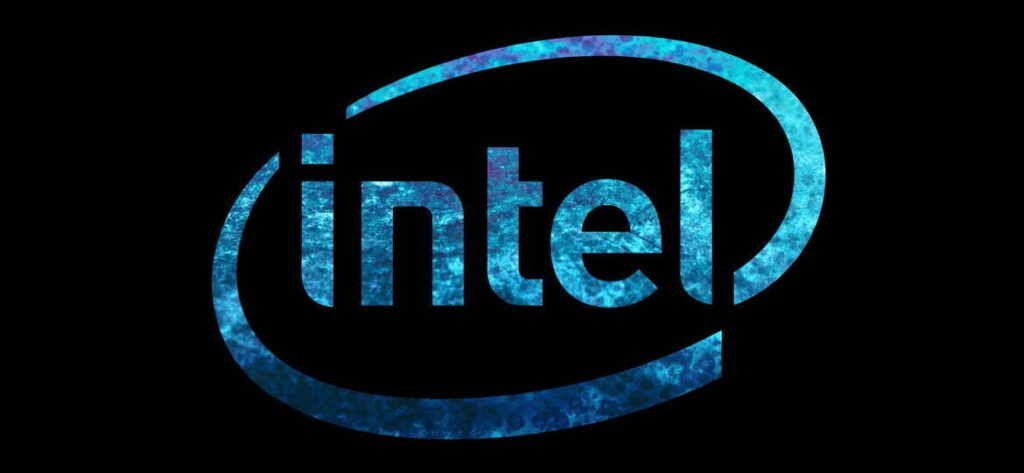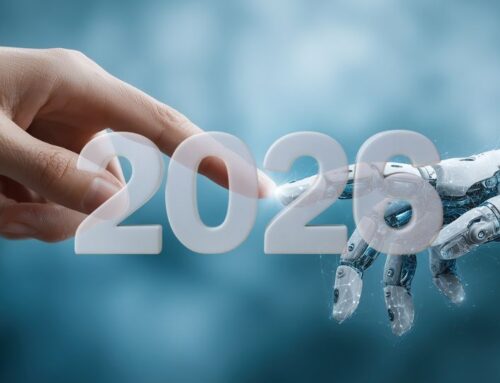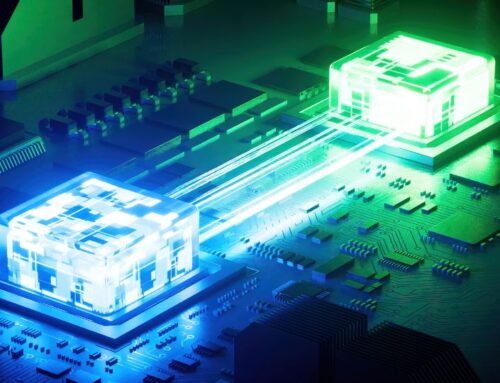August_AI Topics|Smart Glasses Coming to the World, Taiwan Industry Plays a Key Role
Author:Yu Shi Bo Director of Green Energy Center, Ji-Pu Industrial Trend Research Institute
As the global tariff negotiations come to an end, the U.S. government has not surprisingly emerged as the ultimate winner. In addition to China, it seems that the world's major markets, such as Japan, the European Union, South Korea, and even the Middle East oil-producing countries, under the pressure of the world's largest economy, have announced hundreds of billions of U.S. dollars in investment plans; it is estimated that a total of more than two trillion dollars in total investment will soon enter the U.S. From the policies recently introduced by Trump, we can see that the biggest beneficiary industry of this investment is still the AI infrastructure, which has already been continuously pushed up in the past two years. AI infrastructure. Back to the reality, the investment will eventually need to be realized, and under the premise that more than a trillion dollars has been invested in AI infrastructure and large language model training over the past few years, it is expected that the pressure will begin to surface in the next two years.
Trump leads AI policy: tech wars on the horizon
At the end of July, when the final tariff rates and conditions for each country's tariffs become clear, the White House announced its AI Action Plan. The White House's AI Action Plan, released immediately, clearly outlines three major directions: "Accelerating Innovation," "Focusing on AI Infrastructure," and "Leading International AI.
which "Accelerating Innovation" would repeal the Biden-era AI controls and open up censorship of speech against AI.










